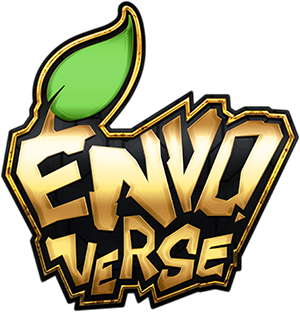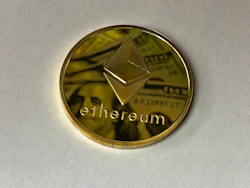Overview
- Understand the process
- Get (and secure) a Wallet
- Load money on your Wallet
- Select an NFT
- Purchase and get the data
1. Understand the process
A lot of new and confusing terms are flying through the Internet when it comes to Blockchain and NFT technology. Allow us, to demystify some of them:
- NFT: The non-fungible token is nothing else than a license certificate. Like a “vehicle title”. Or in other terms: NFT is not the artwork, it is the certificate, that you own the artwork.
- Wallet: This is tricky, because a crypto-wallet is not really holding any (crypto) money. A Wallet in the “crypto world” is only the “password” to access the money, which is sitting on a specific spot on the Blockchain.
- Security: Because a Wallet is just a (long, complicated) password to access your money and NFTs, there are endless schemes, frauds and attacks happening right now in that field. All these attacks and frauds are basically cooking down to 1 thing: getting your money.
So: read under (2), what you can do to be safe!
If you understood this, the core process is easy to follow:
- You must own a wallet for the Blockchain of your choice (currently NFTs are sold on different Blockchain variations). The most famous ones are for example: Ethereum, Polygon, Solana or Cardano. Please note, that these variations need their own “Wallets”. For the envoverse NFT, you need an Ethereum wallet and we always recommend “Metamask”.
- You have to have money “in” your Wallet. In order to get money into it, you need an “Exchange”, which allows you to transfer “real money” (some call it FIAT) into your wallet. Exchanges are the gatekeepers of the financial world and some well-respected ones are: Kraken.com, Binance.com, Bitpanda.com or Coinbase.com.
- You can buy an NFT now with the crypto-money in your Wallet. There are “direct” sales and “marketplaces” to buy an NFT. While early “direct sales” (on VIP lists or Whitelist sales) promise more profit on your invest, you have to be careful, that you do not fall for a false offer (rug pull). Once the direct sales started, people trade with NFTs on marketplaces like OpenSea.io.
2. Get a secure Wallet
The best way to deal with cryptocurrency and NFTs is a good, stable and secure Wallet. Handle it like your homebanking application: carefully and be sure, you never give access to it carelessly.
- Get the right wallet for your Blockchain. For Ethereum or Polygon we strongly recommend Metamask.io, which works as a nice browser plugin.
If you trust Exchanges enough, you can also just keep an “Online Wallet” with one of the Exchanges mentioned! - During the creation of your Wallet, you will be presented with a “recovery phrase” OR a “private key”. Please make sure, you do not share this phrase or key. Print it, note it and put it into a safe place. Make sure, if your house burns down or there is a break-in, you will not lose that.
- Consider having 2 wallets: One for your daily crypto dealings, where you never hold more money that you can lose without going bankrupt. A second one, which you will use to hold your investments. There are other concepts, but whatever you do, do never store the passwords of your “big” wallet online, in the cloud or on your computer.
3. Load Money Into Your Wallet
You need an Exchange to transfer money from your bank account or credit card into cryptocurrency. We have mentioned Kraken.com, Binance.com, Bitpanda.com or Coinbase.com.
There you can “buy cryptocurrency” and transfer it out to your own Wallet.
4. Select An NFT To Buy
There are basically 3 ways to get an NFT:
- Direct sale: You buy directly on the website of an NFT artist or company. There you just must be sure, you are in the right place. It is a good idea to read up on the project, before you buy.
- Marketplaces: Marketplaces like OpenSea.io or LooksRare.org allow you to trade NFTs (second market).
- Peer2Peer: If you personally know the seller of an NFT, you can deal completely “outside” the Internet, if you like. That form is rare, but mostly used by galleries, artists with friends or private collectors of NFT art. You MUST be sure, that the seller is real!
5. Purchase an NFT
The purchase process for most NFT sales are automated. The ownership of the “NFT certificate” is publicly noted on the Blockchain. So, when you buy one, normally cryptocurrency goes from your Wallet to the Wallet of the seller (or Marketplace). The ownership of the NFT is then transferred to your Wallet. Programs like Metamask then also allow you to add the NFT to your Wallet to display your collection.

